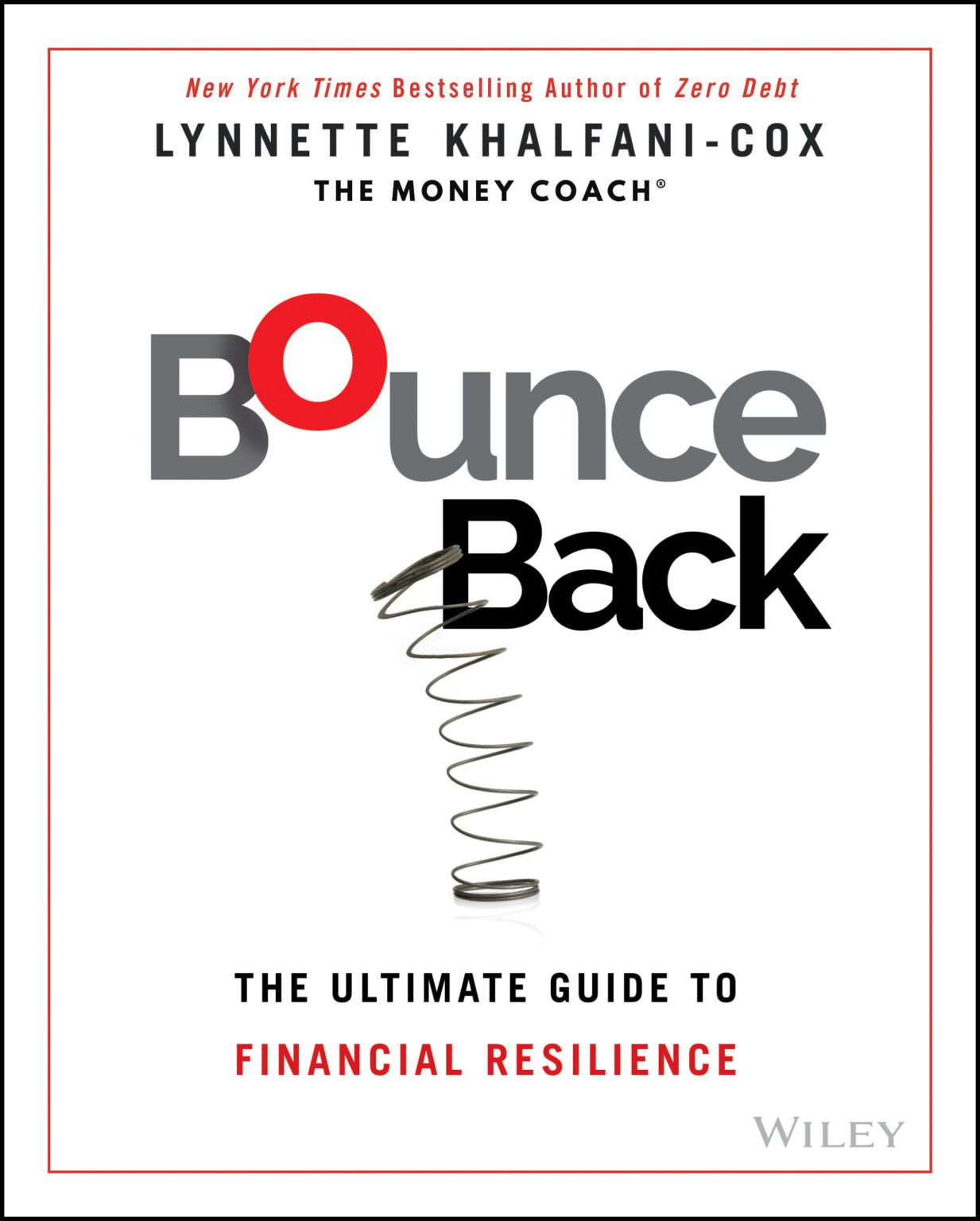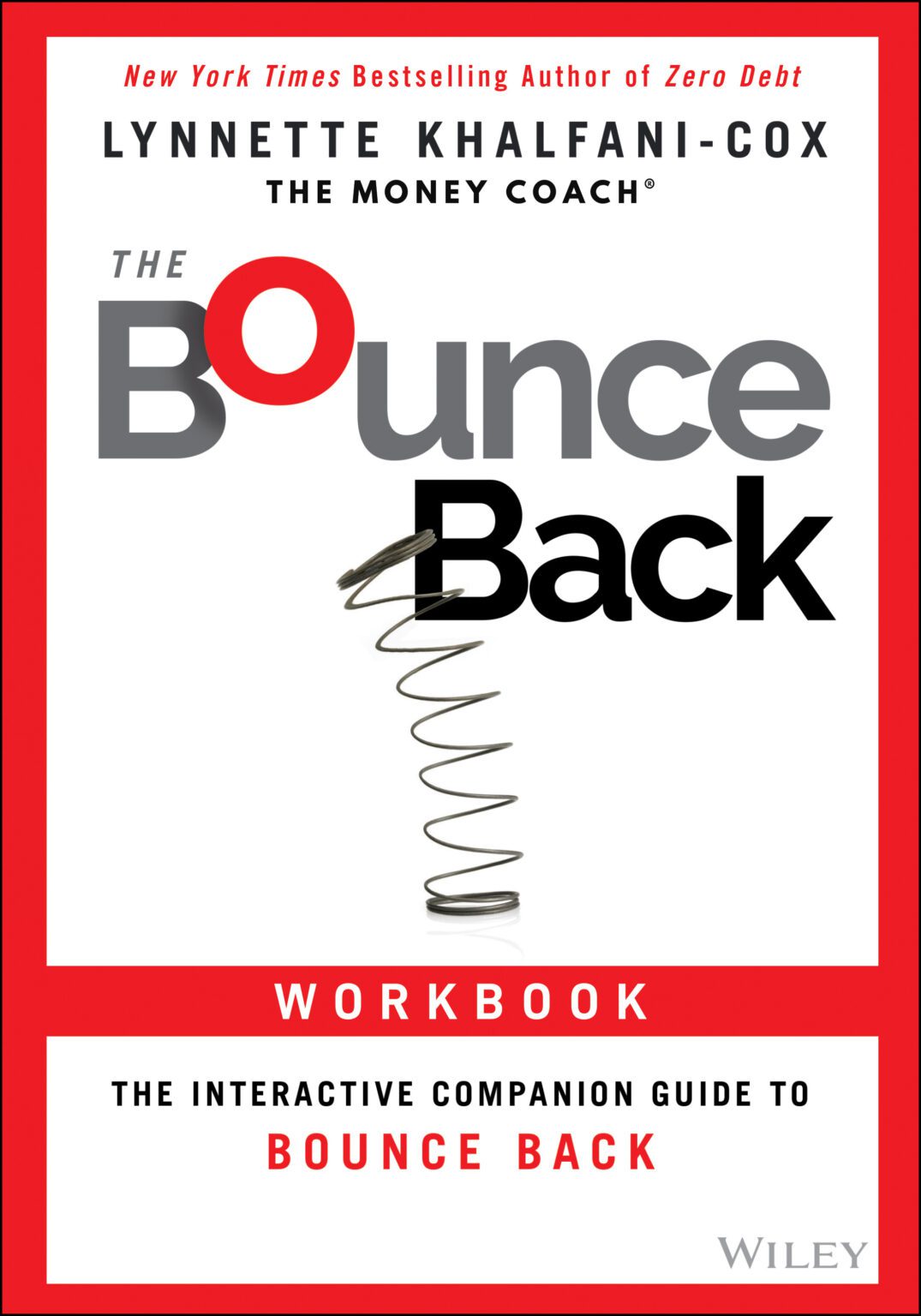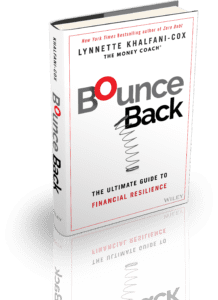Press Release
NEW YORK—The Federal Reserve Bank of New York’s Center for Microeconomic Data today (November 15, 2022) issued its Quarterly Report on Household Debt and Credit . The Report shows an increase in total household debt in the third quarter of 2022, increasing by $351 billion (2.2%) to $16.51 trillion. Balances now stand $2.36 trillion higher than at the end of 2019, before the pandemic recession. The report is based on data from the New York Fed’s nationally representative Consumer Credit Panel.
Mortgage balances rose by $282 billion in the third quarter of 2022 and stood at $11.67 trillion at the end of September, representing a $1 trillion increase from the previous year. Credit card balances also increased by $38 billion. The 15% year-over-year increase in credit card balances represents the largest in more than 20 years. Auto loan balances increased by $22 billion in the third quarter, consistent with the upward trajectory seen since 2011. Student loan balances slightly declined and now stand at $1.57 trillion. In total, non-housing balances grew by $66 billion.
Mortgage originations, which include refinances, stood at $633 billion in the third quarter, representing a $126 billion decline from the second quarter and a return to pre-pandemic volumes. The volume of newly originated auto loans was $185 billion, a slight reduction from the previous quarter but still elevated compared to the average volumes seen through the 2018-2019 period. Aggregate limits on credit card accounts increased by $82 billion and now stand at $4.3 trillion.
“Credit card, mortgage, and auto loan balances continued to increase in the third quarter of 2022 reflecting a combination of robust consumer demand and higher prices,” said Donghoon Lee, Economic Research Advisor at the New York Fed. “However, new mortgage originations have slowed to pre-pandemic levels amid rising interest rates.”
The share of current debt becoming delinquent increased for nearly all debt types, following two years of historically low delinquency transitions. The delinquency transition rate for credit cards and auto loans increased by about half a percentage point, similar to increases seen in the second quarter.
The New York Fed also issued an accompanying Liberty Street Economics blog post looking at trends in credit card balances and delinquencies by age and income of borrowers.
The Quarterly Report includes a summary of key takeaways and their supporting data points. Overarching trends from the report’s summary include:
Housing Debt
- There was $633 billion in newly originated mortgage debt in Q3 2022. After two years of historically high volumes of mortgage originations, the Q3 volume more closely resembles pre-pandemic volumes.
- Although the foreclosure moratoria have been lifted nationally, new foreclosures have stayed very low since the CARES Act moratorium was put into place. About 28,500 individuals had new foreclosure notations on their credit reports.
Student Loans
- Outstanding student loan debt stood at $1.57 trillion in Q3 2022. The decline likely reflects some of the discharged debt due to the Closed School Discharge and Public Service Loan Forgiveness programs, offsetting the typical seasonal originations with the start of the academic year.
- About 4% of aggregate student debt was 90+ days delinquent or in default in Q3 2022. The lower level of student debt delinquency reflects the continued repayment pause on student loans, which is scheduled to end on January 1, 2023.
Household Debt and Credit Developments as of Q3 2022
CATEGORY |
QUARTERLY CHANGE * (BILLIONS $) | ANNUAL CHANGE** (BILLIONS $) |
TOTAL AS OF Q3 2022 (TRILLIONS $) |
| MORTGAGE DEBT | (+) $282 | (+) $997 | $11.67 |
| HOME EQUITY LINE OF CREDIT | (+) $3 | (+) $5 | $0.32 |
| STUDENT DEBT | (-) $15 | (-) $10 | $1.57 |
| AUTO DEBT | (+) $22 | (+) $81 | $1.52 |
| CREDIT CARD DEBT | (+) $38 | (+) $121 | $0.93 |
| OTHER | (+) $21 | (+) $68 | $0.49 |
| TOTAL DEBT | (+) $351 | (+) $1262 | $16.51 |
*Change from Q2 2022 to Q3 2022
** Change from Q3 2021 to Q3 2022
Flow into Serious Delinquency (90 days or more delinquent)
CATEGORY 1 |
Q3 2021 | Q3 2022 |
| MORTGAGE DEBT | 0.27% | 0.50% |
| HOME EQUITY LINE OF CREDIT | 0.25% | 0.51% |
| STUDENT LOAN DEBT | 1.08% | 1.04% |
| AUTO LOAN DEBT | 1.57% | 2.02% |
| CREDIT CARD DEBT | 3.24% | 3.69% |
| OTHER | 2.84% | 3.55% |
| ALL | 0.70% | 0.94% |
About the Report
The Federal Reserve Bank of New York’s Household Debt and Credit Report provides unique data and insight into the credit conditions and activity of U.S. consumers. Based on data from the New York Fed’s Consumer Credit Panel, a nationally representative sample drawn from anonymized Equifax credit data, the report provides a quarterly snapshot of household trends in borrowing and indebtedness, including data about mortgages, student loans, credit cards, auto loans and delinquencies. The report aims to help community groups, small businesses, state and local governments and the public to better understand, monitor, and respond to trends in borrowing and indebtedness at the household level. Sections of the report are presented as interactive graphs on the New York Fed’s Household Debt and Credit Report web page and the full report is available for download.
1 Rates represent annualized shares of balances transitioning into delinquency. Flow into serious delinquency is computed as the balances that have newly become at least 90 days late in the reference quarter divided by the balances that were current of less than 90 days past due in the previous quarter.








